What crimes did Stalin commit against the Soviet people?
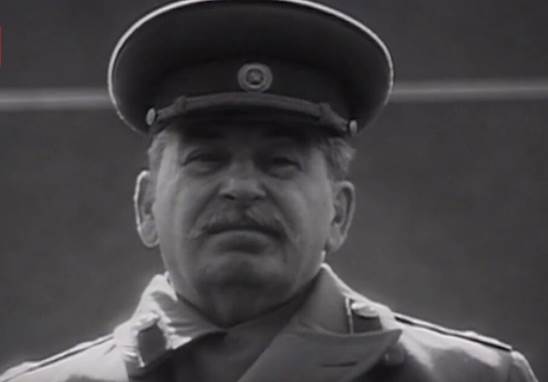
A few days before his mysterious death, defector Fyodor Raskolnikov wrote an open letter to Joseph Stalin, which included the following lines:
… Sooner or later, the Soviet people will put you in the dock as a traitor to socialism and the revolution, the chief wrecker, the real enemy of the people, the organizer of the famine and judicial forgeries.
Taking into account the fact that every other day I stumble upon ardent defenders of the mustachioed leader on the Internet, I thought, what if we follow Raskolnikov’s precepts and conduct a small experiment ourselves and really put Stalin in the dock? Of course, the virtual…
Do not imagine for a moment that in 1953 the Soviet people arrested not Beria, but the elderly Stalin. Moreover, they did not want to judge him “in the Stalinist way”, that is, as they said at the time, “with the use of measures of physical coercion” (otherwise he would have recognized the assassination of Kennedy), but, I am embarrassed to say, according to the Soviet law in force at that time. Would the judges at a fair trial be able to impute something to the Soviet leader and prove that he’s a criminal? (I specifically suggest that this virtual process be held in Soviet realities, as many people still like to claim that back then “It was a different time” and that “you can’t measure it by modern notions of goodness”).
Surprisingly, the documented actions of the leader fall one hundred percent under various variations of the odious Article 58, so valued by the Chekists and the leader himself. This is:
- and 58-8 – “the commission of terrorist acts directed against representatives of Soviet power or leaders of revolutionary workers’ and peasants’ organizations…”;
- and 58-11 – “the above actions committed as part of a group”;
- and 58-14, “counter-revolutionary sabotage, i.e., the deliberate failure of someone to perform certain duties or the deliberate negligent performance of them for the specific purpose of weakening the power of the government and the activities of the state apparatus…”
It was also possible to impute to the leader other articles of the Criminal Code of the RSFSR, many of which provide for the death penalty. These are the articles:
- 59-1 – “Crime against the order of government”, incl. “disobedience to the laws”
- 136 – “premeditated murder”, including under paragraph “c” – committed in a manner “particularly painful” for the deceased,
- 193-17b – “Abuse of power in the presence of particularly aggravating circumstances”

What is the basis for all these statements? Aren’t they unfounded?
Well, there may not really be enough space here to list everything that is known only (I emphasize!) from declassified archive documents. The documents of the “Great Terror” of 1937-1938 alone show Stalin and the entire top of the Politburo as the spearheads of the mass and extrajudicial extermination of hundreds of thousands of Soviet citizens. But this gigantic crime is far from exhausting all the deeds of the leader.
Probably, the judges would have reminded the virtual defendant of the famous “execution lists”, with the help of which Stalin and his henchmen, replacing the judges of the Military Collegium of the Supreme Court, with one stroke of the pen decided the fate of about 40 thousand top state, party and cultural figures of the country. Sometimes you can even see pencil notes of the leader next to the names in the lists, such as “beat, beat,” “Walter is a German, beat Walter,” “beat Unschlicht,” “lead through the ranks,” “beat him hard,” and so on.
It is also possible to “sew” Stalin’s practice of deciding the fate of certain figures of particular interest to him personally by the so-called “special order” (a Chekist term), that is, completely bypassing the Military Collegium and in general any other, even illegal, quasi-tribunal (such as the Troika). As a rule, after the written consent of the leader, such people were immediately shot, and later a court decision was attached to their cases. And a certificate that they were shot in a “special order” and a reference to the leader’s personal instructions. In other words, this is nothing more than outright murder.
Another criminal aspect of the “Great Terror” is the punishment of relatives of the repressed on the basis of a single fact of kinship. And this was formalized by a resolution of the Politburo. The so-called CSIR (Family Members of Traitors to the Motherland), most of whom were wives and children of “enemies of the people”, were sent either to camps or to orphanages for 8 years (many of which were even worse than the camps). And this, too, is a pure crime of the leader.
By the way, in the same 1937, Stalin’s terror completely crossed the borders of the USSR. Stalin personally strengthened the Troika on… Mongolia (an independent state!), which in a few months shot 20,000 people out of 25,000 arrested. Today, in Mongolia, this crime is equated with genocide, since the entire spiritual, cultural and political elite of the country was destroyed. And in total, almost 5% of the population of Mongolia died in those repressions! That is, like in some major war…
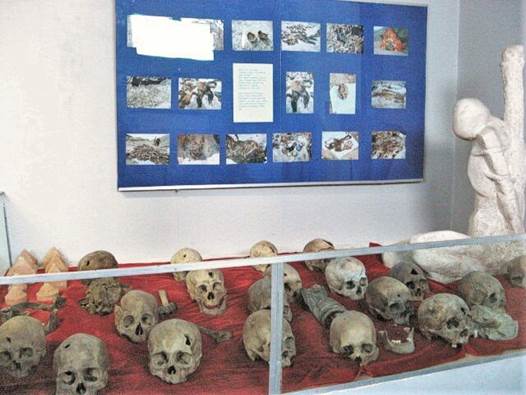
Exhibition of the Mongolian Museum of Political Repression (in Ulaanbaatar)
With the above-mentioned acts, the leader grossly violated not only the Criminal Code of the RSFSR, but also his own “Stalinist Constitution”. After all, a number of its provisions strictly outlawed simplified and closed trials, and also gave the accused the right to a defense. In practice, millions of people were sentenced to death by the Troikas, Special Conferences, and other quasi-judicial bodies to death by firing squad and the Gulag, often even in their absence.
But that’s not all…
Omitting the “trifles” such as Stalin’s sanction to beat the defendants during interrogations, the permission for the extrajudicial execution of many thousands of political prisoners in prisons in the first days of the Great Patriotic War, the notorious “Katyn shooting” and the deportation of 2 million “repressed peoples”, it is impossible not to mention the secret and direct reprisals on his orders, which were carried out by Stalin’s henchmen in an openly mafia style. So, on the order of the leader, the Chekists beat the Plenipotentiary of the USSR in China Ivan Bovkun-Luganets and his wife to death with hammers on the train. On his orders, Marshal Kulik’s wife, Kira Simonich-Kulik, was kidnapped and later secretly shot in prison. With the help of specially planted cellmates in prisons, on Stalin’s orders, the previously convicted Karl Radek and Grigory Sokolnikov were beaten to death. Also, on the secret orders of the leader, the head of the JAC Solomon Mikhoels, the bishop of the Greek Catholic Church in Uzhgorod Teodor Romzha, a major figure of the Ukrainian SR movement Oleksandr Shumsky, the Polish engineer Naum Samet, as well as the American communist Oggins, who was killed by Abakumov in prison with the personal sanction of the leader, were killed. And this is not at all taking into account the extermination of Trotsky, the defectors Agabekov and Ignatius Reiss, the White generals Miller and Kutepov, the Communist Rudolf Kliment, and many, many others. It is unlikely that we will be able to find out how many of them there were, but there is no doubt that this was a systematic Stalinist practice.
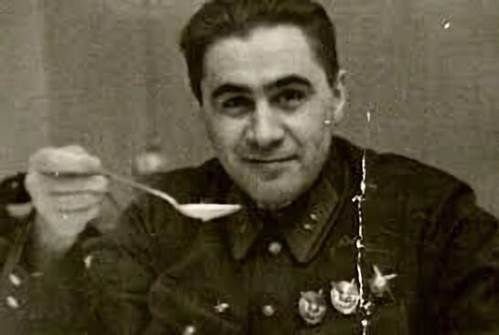
Here are just a few of those liquidated by Stalin’s order (from left to right and down): Bovkun-Luganets, Radek, Sokolnikov, Mikhoels, Golubov (liquidated with him as a witness), Romzha, Shumsky, Oggins and Kira Simonich-Kulik
Here, for example, is what the well-known Stalinist Chekist-liquidator Pavel Sudoplatov testified during the investigation in 1953:
Around May 1941, Beria summoned me and said the following: there was an instruction from the Instance to organize a special group of proven, reliable and devoted Chekists to the Party with the task of carrying out government tasks (special) both abroad and inside the country.
At the same time, Sudoplatov explained that by “special tasks” he meant the destruction of people and recalled that a suburban object “Lakes” was allocated for his group. Well, the Chekists called Stalin “Instance”, if anything…

One of Stalin’s most famous liquidators, Pavel Sudoplatov
Another no less well-known Chekist liquidator, Shalva Tsereteli (who was shot under Khrushchev for his crimes), testified at the investigation of the Beria case that Lavrentiy Pavlovich had admonished him with the following words:
We have people in the Union who interfere with our work, but there are either no materials at all or not enough to arrest them. Therefore, it is necessary to kidnap such people, secretly beat them and then abandon them…
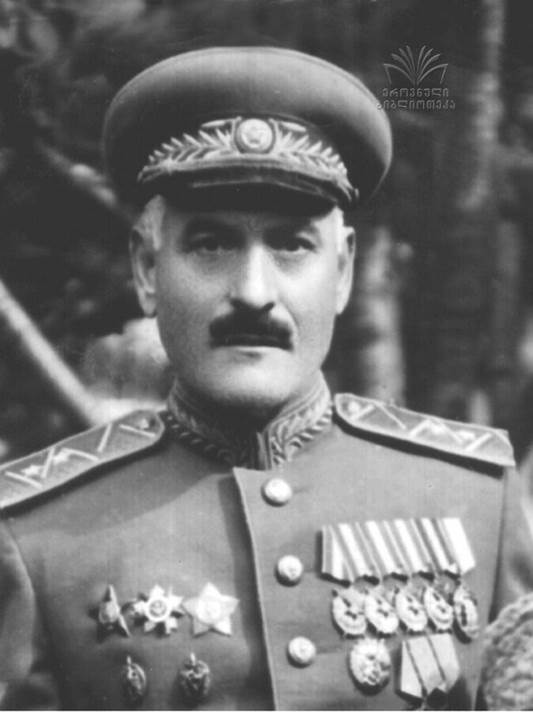
Chekist-killer Shalva Tsereteli. He was executed by firing squad in 1955.
In connection with all these activities, it was quite possible to accuse Stalin at the virtual trial of the involvement in the so-called “Laboratory X” of the odious colonel of the medical service Grigory Mairanovsky, created by Beria in 1939, of course, by order of the “Instance”. In it, various poisons were tested on the “enemies of the people” sentenced to death, with which many Stalin’s victims were killed after the Great Patriotic War. The goal was to create traceless poisons for liquidation of undesirables abroad. In total, according to the materials of the investigation, about 150 people died painfully in this “laboratory”.
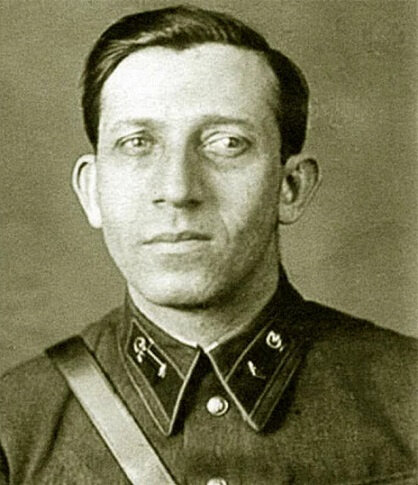
Poisoner Grigory Mairanovsky
And we do not take into account the crimes committed during collectivization, dekulakization and famine, as well as during the Great Patriotic War. And they are the main ones…
As you can see, we can safely and without any scruples say that Joseph Stalin was a notorious criminal, even according to his laws. Many of the crimes of the “bloody yoska” are still hidden in the archives not so much to hide them from the people, but from the world. For even today they can cause considerable harm to the country. So, despite all the obvious Stalinist merits and achievements, the Soviet court could quite non-virtually award him its highest award at the end of his life – a shot in the back of the head.
